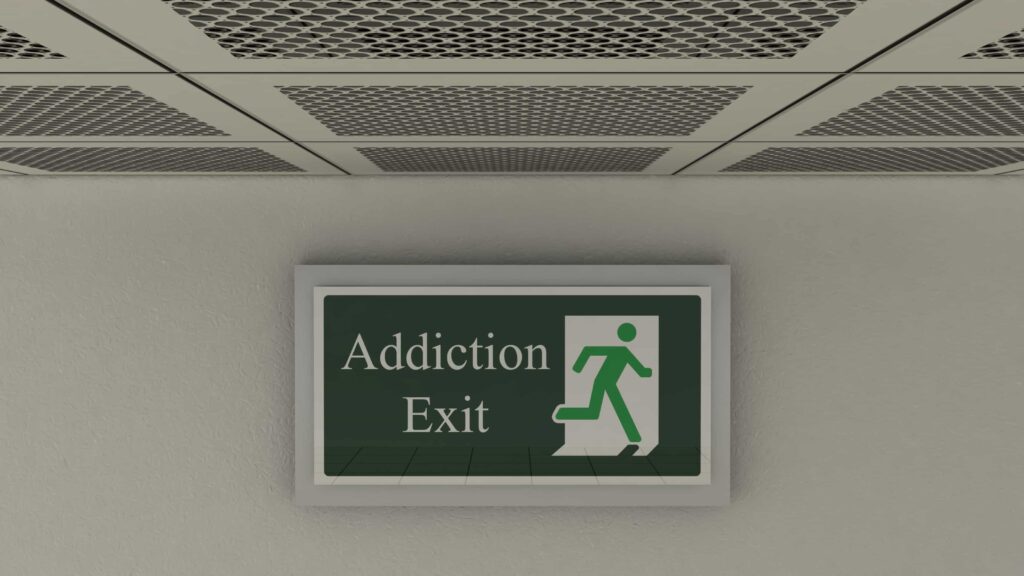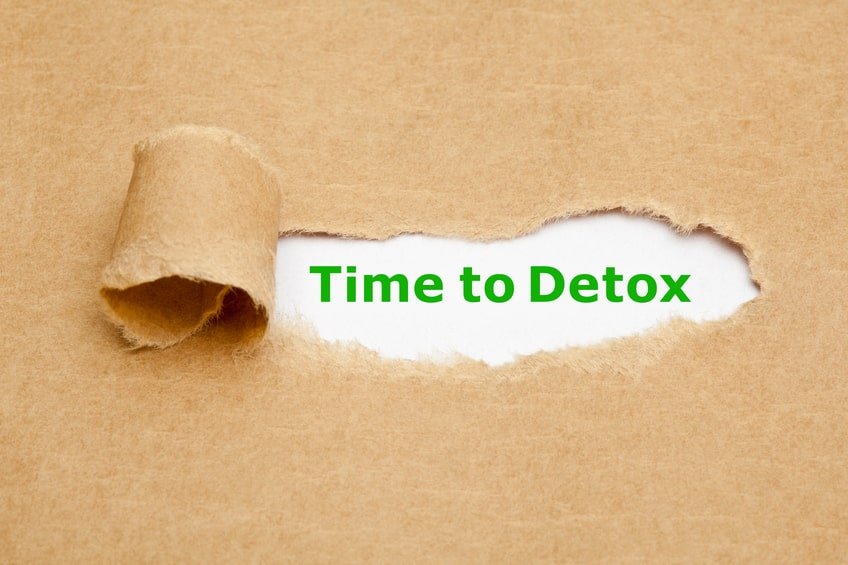There are substantial differences between rapid heroin detox and the standard approaches for heroin treatment. Understanding how heroin affects your health and the importance of medically-assisted detoxification is the first step in choosing the best treatment program.
Heroin Detoxification Options
Heroin is a highly-addictive drug processed from morphine, a naturally occurring substance extracted from the seed pod of certain varieties of the poppy. Once heroin hits the brain, it turns back into morphine and attaches to opioid receptors in the brain. These are the receptors that can decrease the body’s perception of pain. They also increase the level of dopamine, elevate mood, and give users a sense of euphoria or “the high.”
Heroin users have several methods of use from which to choose, including injecting, which could be “mainlining” (intravenous), into a muscle (IM use) or under the skin (skin popping). Many users choose the mainlining method because it is the fastest and most powerful way to achieve a “high.” Other routes of administration include smoking, snorting, oral ingestion, or even as a suppository.
Heroin is one of the most addictive drugs available because a person can become both physically and psychologically dependent. For this reason, heroin users should seek professional assistance in a medically assisted heroin detoxification program. A successful detox offers heroin users the highest chances for overcoming addiction before the addiction overcomes their lives.
Assisted Detoxification is Needed
Without adequate medical support or a heroin rapid detox program, it can be challenging to stop using heroin. Many users are fearful of withdrawal symptoms. They can start to appear as soon as six hours after a person last used heroin. Heroin withdrawal is a physiological condition that medical professionals should treat. The ability of a medical provider to help a patient overcome withdrawal symptoms can quickly and comfortably increase the likelihood of successful detoxification.
The physical and mental pain associated with heroin withdrawal can be a trigger for relapse. Withdrawal symptoms can include cold sweats, nausea, vomiting, stomach pains and spasms, intense muscle aches, insomnia, extreme anxiety, depression, and even desperation. Heroin use suppresses the brain’s sensations of pain, both emotional and physical. When a person stops using heroin, their brain is re-activated, causing the physiological and psychological distress to return. When this happens, many people see no choice but to continue their use of heroin. They would rather not face the unbearable pain that may reappear.
Several medical treatments are available for heroin addiction. All therapeutic approaches include pharmacological intervention, whether the drug user chooses a heroin rapid detox or the standard drug rehab approach. Treatment programs must inform patients of the risks and benefits of the drugs used for treatment. While some medications can reduce the symptoms of withdrawal, they can also become habit-forming themselves (cross-addiction).
Medication-Assisted Treatment for Heroin Addiction
Rapid heroin detox programs and most standard detox programs use a combination of FDA-approved drugs to aid in the process of withdrawal. However, physicians use drugs in quite different ways.
Traditional detox programs often use methadone or suboxone (or other MAT medications) to help delay withdrawal symptoms and control cravings. Unfortunately, all of these drugs are opioid-based, offering similar effects to heroin. Those same drugs also have a very high risk of addiction. Moreover, the user will likely experience intense withdrawal symptoms when trying to discontinue use. By continuously taking methadone, suboxone, or other buprenorphine-based drugs used for Medication-Assisted Treatment (MAT), a person can become independent of heroin. However, they will be dependent on methadone or buprenorphine-based medicine.
Rapid detox treatment programs use medications such as naloxone and naltrexone. Both are non-habit forming and help induce and speed up withdrawal symptoms during anesthesia-assisted detox. They also control physical cravings post-treatment. Since physicians monitor patients around the clock and provide individualized care in a hospital, they can manage withdrawal symptoms carefully, based on the assessment and unique history of each patient.
Rehab Treatment
Standard drug rehab detox programs usually admit the patient to the non-medical facility. They often will spend between 28 days to a few months there. Some programs have separate detox units where nurses assist through the withdrawal period. However, this depends on the level and intensity of the withdrawal symptoms.
Most standard drug rehab detox programs start with an evaluation or diagnostic period to determine the exact needs of the patient as well as establish the treatment plan. The patient then enters the detoxification phase, where medical staff often administer buprenorphine-type medications. Traditional drug rehab programs usually pair patients with one or more individuals in a room. Having a roommate going through their distress through drug detox might not be the ideal situation, but is necessary for most drug rehabs that need to lower cost by utilizing space.
Once drug detox is complete, staff transfer patients to the rehabilitation wing of the facility. There, they begin a routine of attending individual and group therapies until they are discharged. Here they will learn coping skills to help them in recovery. Upon discharge, patients receive a treatment plan to follow that can include outpatient group or individual therapy.
It is important to note that few patients leave standard detox with a prescription for methadone or suboxone. Medical providers should completely wean patients off these drugs so that there will be no remaining withdrawal symptoms. Once they discharge the patient, they are at high risk for an immediate relapse. Therefore, it is essential to establish a plan for weaning patients off all MAT drugs.
Rapid Heroin Detox Process
Rapid detox programs should begin with an inpatient extensive pre-evaluation to determine the needs and medical condition of each patient. At the same time, the physicians normalize certain organ functions to obtain a better understanding of how each patient reacts to certain drugs. This preparation and additional knowledge of the individual patient will be critical to the comfort and safety of the rapid detox procedure.
Rapid detox centers should provide patients with private rooms to offer undivided attention and assessment before the procedure. In a full-service hospital, patients have access to additional medical resources and specialists for immediate care or consultation. Also, the medical director can offer alternative detox options when anesthesia detox is not indicated. A multi-board certified specialist performs the process of rapid detox in a private room of the ICU. In the ICU, a team of specially trained physicians, nurses, respiratory therapists, and other health professionals use their unique expertise to provide patients with an unprecedented level of safety and care.
The rapid detox method is a healing process in which a medical specialist uses a combination of FDA-approved drugs intravenously while the patient is under anesthesia. The procedure takes approximately 45 to 90 minutes. The goal of the process is to induce and speed up the withdrawal. Then the patient can begin the recovery of their choice while being opioid-free. Additionally, the physician can immediately initiate Naltrexone therapy to block the receptors and help reduce cravings.
Heroin Addiction Recovery
After undergoing heroin rapid detox in the hospital, the patient begins the physiological adjustment period. Simple functions such as sleep, endorphins production, temperature adjustment, gastrointestinal movement, and mood-balancing need to regulate. As much as loved ones want to help, they do not have the knowledge required for this challenging time. Although rapid detox promises to push all the opioids off the receptors quickly, the patient needs a few days of assistance and professional post-recovery care. A few days in a specialized recovery center provides adequate support. They are thus minimizing the common anxiety and risks of immediate relapse. In addition to around-the-clock support, counselors and specialized staff are available to assess and guide each patient to the best path to maintain long-term sobriety.
Both rapid and standard detox programs have benefits. However, it seems that when a safe, accelerated detox program for heroin is followed, the results are more effective. Also, being opioid-free allows the patient a better chance to start working on other contributing issues. These issues may include depression, anxiety, PTSD, obsessions, compulsions, or repetitive self-sabotaging behaviors. Rapid detox provides an individualized detox treatment experience and in a time frame that is more suitable for many. Accelerated detox programs are private, safe, and effective.
















